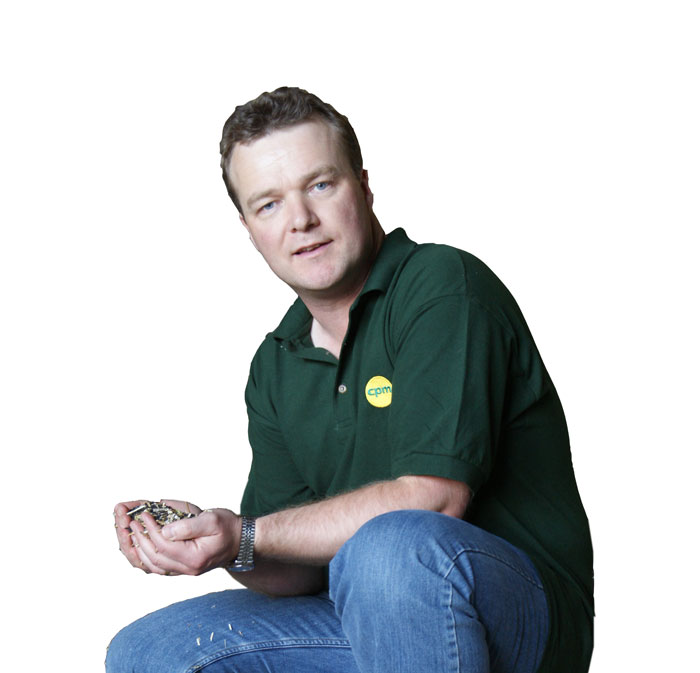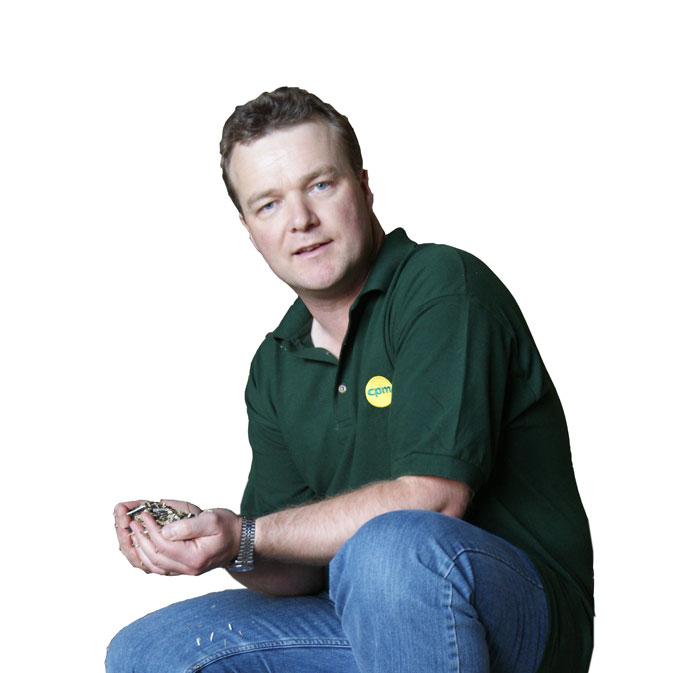 This is usually the time of year when all that anxiety you’ve gone through with the oilseed rape finally rewards you.
This is usually the time of year when all that anxiety you’ve gone through with the oilseed rape finally rewards you.
It’s the crop you’ve vexed about for months – never sure if it had enough moisture at establishment, that you kept it from cabbage stem flea beetle, that it wasn’t beset by phoma, hammered by pigeons, infected with turnip yellows virus. Is it growing tall enough? Is it growing too tall? Thick enough, too thick? Is it crippled with disease or overlaced with fungicide? Eaten away by pollen beetle or starved of pollinators?
Suddenly the crop breaks into a glorious yellow and like the smile of a wayward child, it takes all your worries away. How could you ever have considered that a crop that looks so stunning doesn’t have a future on your farm?
This year, though, it’s a bit more poignant. We don’t currently have OSR on the farm here – a reasonably regular occurrence as the rotation drops a crop out of the picture every year. Ordinarily I’d look across the view and see plenty of yellow patches across the Oxon landscape, knowing that mine will return next May to reward me.
Except those comforting yellow patches are now few and far between, and I’m not sure OSR will return to this farm next year. The crop that used to be the most profitable in the rotation has become the least. The risk of growing OSR has now overtaken the reward.
It’s a problem nationally – the UK has only 361,000ha of OSR in the ground, according to AHDB’s Early Bird Survey. That’s around half the area grown in 2014 when the crop was at its most popular. Facing a total UK rapeseed crop as low as 900,000t, that means UK crushers may have to import more than half their requirement in 2020/21, while in the crop’s hey-day, we were exporting around 500,000t.
It’s prompted the NFU to propose a bold scheme to Defra that would see the government underwrite up to 80% of growers’ costs of establishing OSR. This, the NFU estimates, would help the national crop balance out at around 500,000ha, and is envisaged to be a short-term measure until the industry can find a long-term solution to the difficulty of growing oilseed rape. Failure to do so could result in processing plants closing with the loss of UK jobs, and a continued reliance on imports.
And this is where it becomes interesting. All the evidence points to the problem being cabbage stem flea beetle, and it originates from the ban on the use of neonicotinoid seed dressings, brought in to protect bees. The hypocrisy of the situation is that the shortfall in our domestic use is made up from imports that have been grown using neonics – we don’t want to put our own bees at risk, but we’re perfectly happy for bees elsewhere in the world to be put in harm’s way to satisfy our need for cheap rapeseed oil.
The logical reaction then is to call for a ban on imports treated with neonics – we did this with chlorinated chicken and hormone-treated beef, so why not neonic-treated rapeseed? But quite apart from the fact this is almost impossible to enforce, and questionable whether consumers are that bothered, it wouldn’t be allowed under current WTO rules.
The other fascinating twist in this is that it’s never been conclusively proven that neonics are to blame for the apparent drop in bee numbers. Defra, famously “guided by the science”, initially opposed the ban when it was introduced by the EU in 2013. But the department’s former chief scientist then changed the position on this and Defra now supports the removal of neonics.
This was not because some piece of overwhelming science has come to light, however. Defra changed its mind because if it did one day transpire that neonics do indeed cause widespread harm to bees, the use of the chemical group was so widespread that it would have seemed, in retrospect, monstrously immoral for a government not to have acted.
You can question the science all you like, and call out the hypocrisy. But the fact remains that just one tool was taken from the OSR toolbox and UK growers’ capability to bring a crop to market fell from 2.4Mt to 0.9Mt. What does this say about our ability to manage this wayward child of a crop, not to mention our over-reliance on an individual tool?
I’m currently undecided about whether OSR will return to our farm this autumn. On the one hand the risk of growing it is immense, and I’m not sure we’ve yet learnt enough about how to mitigate this. On the other, I can’t help feeling it’s a fascinating voyage of discovery we’re on to find a new way to grow this curious crop – there are many pages of this issue of CPM and others that explore the latest ideas. Those who stick with OSR, prepared to try a different approach, may reap even greater rewards each May as they’re greeted by a sea of glorious yellow.
Tom Allen-Stevens has a 170ha arable farm in Oxon, and its only yellow patches are flowering wild bird cover. @tomallenstevens




